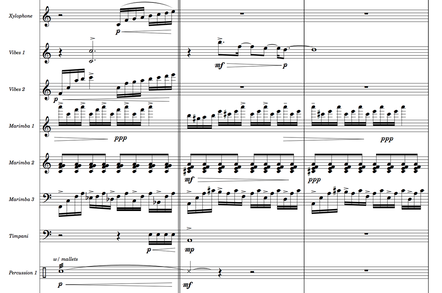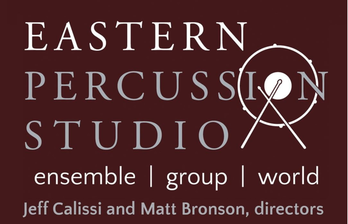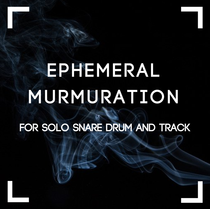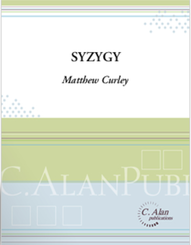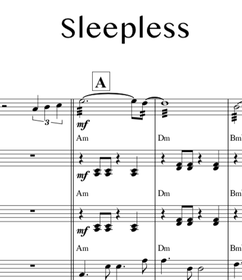
It's the time of year that you're looking to finalize your program for your steel band concerts. This original tune is a great addition to a concert. It'll have the audience at the edge of their seat at the beginning, and dancing by the end of the song.
The middle section of this song opens up a solo section to feature your strongest players. If you'd like the sheet music for this arrangement for FREE Contact me!
1 Comment
Here's a fun little snare piece to learn called "Lazy November Weekend". Have fun!
My new piece called “Phosphenes” was recently published by Row-loff Productions! It’s perfect for college percussion ensembles or advanced high school percussion ensembles. This piece has wonderful teaching opportunities including difficult rhythms, advanced 4 mallet technique, and interesting textures. The piece is scored for 14 players and is about 5 minutes long. It’s a thrilling piece that would be great to close a concert program or bring to a festival. Your audiences will love it!
The title of the work, “Phosphenes”, is a phenomenon characterized by the experience of seeing light without light actually entering the eye. When one closes their eyes tightly, sometimes flashes of light can be seen. The melodies and colors created in this piece were inspired by these visuals.
Please check out the Row-Loff website to order or free score samples and a downloadable MP3.
Instrumentation: Bells, Xylophone, Crotales (E3-G4), (2) Vibes, (3) Marimbas (one 5 oct., two 4.0), Timpani, Rain Stick, Bongos, Djembe, Ocean Drum, (4) Toms, Shaker, Gong, Triangle, (2) Suspended Cymbals, Sizzle Cymbal, Bass Drum, Shaker.
Thank you to Matt Bronson and Jeff Calissi at Eastern Connecticut State University for programing my composition, "Boulderdash" in their recent percussion ensemble concert. The video is fantastic and I can't wait to see what this ensemble does in the future!
Check out Matt and Jeff's percussion Duo, "Confluence." Purchase "Boulderdash" HERE.
I have posted one of my most recent compositions to my new Etsy store for digital download.
This solo is for snare drum and audio track. This purchase includes the following: -PDF of 7 page score -MP3 performance Audio Track -MP3 Practice Audio Track with click -MP3 track with midi snare part Difficulty: Medium-difficult Length: 5:30 Instrumentation: Concert Snare Drum (6.5X14" recommended), Snare Sticks, Wire Brushes, Soft Timpani Mallets. This solo showcases many different techniques, and would be a fantastic addition to any recital. The backing track is full of lush synths, pulsing drum tracks, and sound effects. Below I've included the sample track with a midi recording of the snare part, as well as a sample score.
Back in 2012, as I was starting the final year of my undergraduate degree at Western Connecticut State University, the percussion studio was given the task of writing a snare drum solo that would be judged by the school's composition faculty, percussion faculty, and a guest judge (who turned out to be Keith Aleo from the Zildjian Company).
I hadn't written many pieces at that point in my career, but I thought I'd give it a try. I wanted to create something that was different. I thought about creating a "prepared" snare piece, but that idea was squashed after a few hours of experimenting. I eventually settled on basing the piece on the concept of a "Palindrome". (A palindrome is a word or phrase that is the same forward and backwards. Example: "Race car," "Bob," "Never odd or even," etc.) I wrote the piece to include 8 lines, which you read down like a normal piece of music, but when you get to the end, you dramatically turn the page upside down, and read backwards, finishing the piece just as you began. While this piece isn't 100% mathematically a palindrome, the musical phrases repeat themselves in a way that gives the listener a sense of return as you replay the sections in reverse. 
Heres a screenshot from the audio file. Notice the symmetry.
The biggest challenge of this work was the notation. I wanted a score that was as easy to read forwards as it was backwards. I consider myself to be pretty well versed in Sibelius, but after hours of experimenting, I decided to keep the score handwritten. If you are a Sibelius or Finale master and want to take on the challenge of notating this work on a computer, PLEASE contact me. 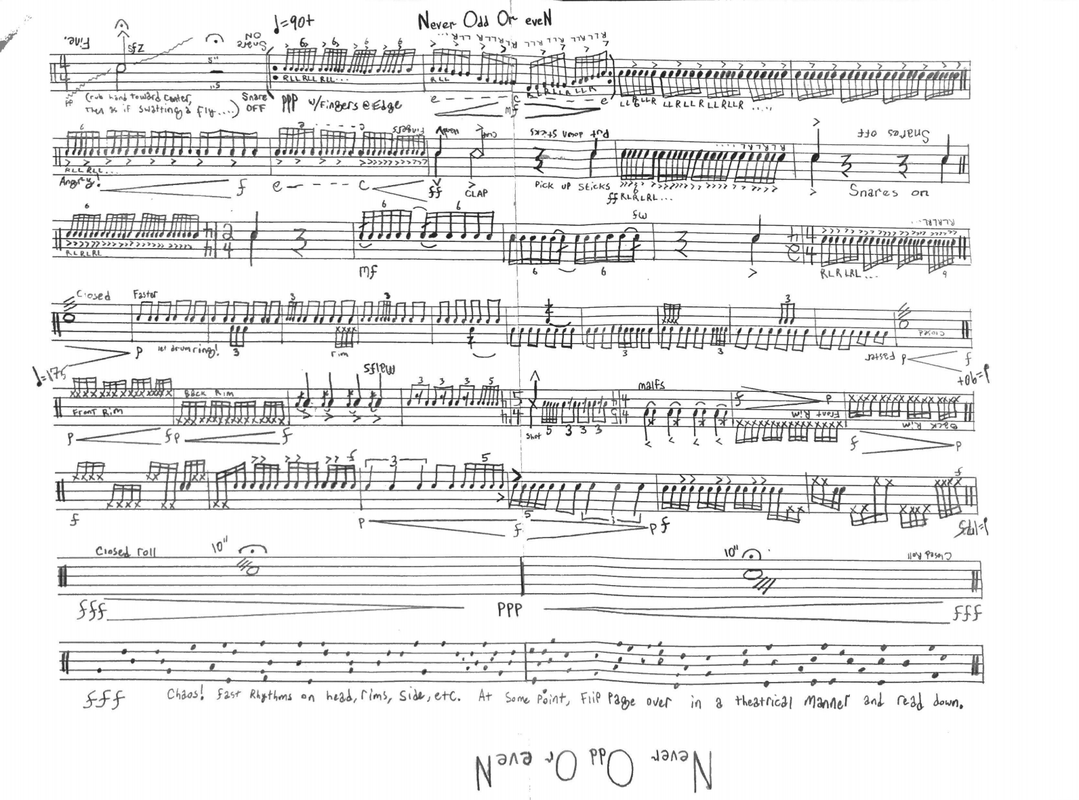
Click the image to download PDF file.
If you would like to perform this piece, do not perform memorized, as the sheet music is part of the performance.
I apologize for the messy handwriting and notation, again contact me if you are a sibelius wiz!
Before gigs, rehearsals, and practice sessions, I'm always looking for a quick way to warm up my hands and get them ready to play. This example warm-up is what I use when I'm looking to maximize my time.
While you can play this warm-up with a metronome at the tempo of your choosing, 120 BPM makes this almost exactly 3 minutes. (I've also included a fun backing track to play along with at the bottom of this article.) This short exercise routine fits in physical muscle warm-ups, mental warm-ups, double stroke and multiple bounce rolls, paradiddles and flams. 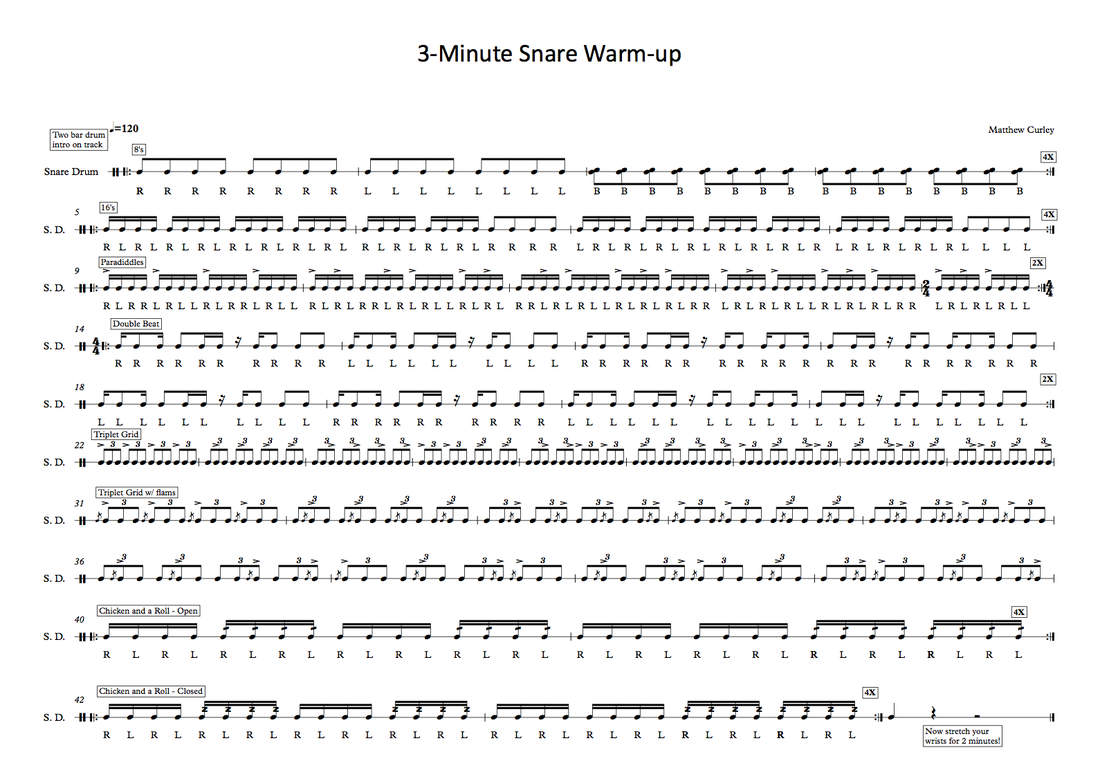
Click image to download
The rational behind each section is as follows.
After finishing this 3 minute workout, I recommend that you spend about 2 minutes stretching. I typically stretch from the shoulders, to fore arms, to wrists, then each finger. With this warm up, I'm ready to play any percussion instrument in only 5 minutes!
While you can play this warm-up with or without a metronome by itself,
below is a fun track at 120 BPM that fits perfectly with this 3 minute warm up. Download MP3 here for FREE Over the past two weekends, I have been involved with the Tennessee mid-state band audition process. I judged blind auditions on keyboard and snare drum and came to a couple conclusions. First, many of these kids have great command of the instruments. They can play the prepared solos, rudiments, and scales very well. On the other hand, a small percentage were impressive on the sight reading portion. In terms of keyboard sight reading, my students look at the music with pure terror in their eyes. In trying to give them tips, I've come up with a hierarchy of needs for sight reading a piece of music:
I've written out an exercise with 4 examples that have helped my students improve their Rhythm & Direction skills. The note heads have been removed, so any notes in the written key signature are correct. Eliminating the note heads allows the student to not fear hitting wrong notes. Strive for correct rhythms and contour. It doesn't have to sound pretty. The only way to improve your sight reading is to do it every day! I hope this exercise helps to improve your sight reading! Feel free to share this with others, too.
Another percussion ensemble piece published!
This work, entitled "Syzygy", has to be one of my most favorite compositions I've ever done. about syzygy
This piece features only melodic percussion. In my experience, quality pieces with this instrumentation are few and far between and can add a lot to your concert program.
Syzygy includes 3 marimba parts (none of which require a 5-octave range), 2 vibraphone parts, glockenspiel, chimes, and xylophone. Most high school and college programs have access to these instruments, which makes this piece accessible to all. writing process
When I sit down to write a piece, I must choose between two paths. I can write a piece simply from a musical idea, finish the work, and then come up with a name, OR I can come up with a name first and write a piece based off a title. Syzygy is a prime example of the latter.
I was drawn to the word "Syzygy" after reading it in an article about the impending Solar Eclipse on 8/21/2017. I love peculiar words, and this one spoke to me. The definition of the word is "the alignment of celestial bodies". This immediately got the cogs turning in my brain, and I had to write down some of my musical ideas. The piece fades in with a quiet blanket of marimba rhythms, all playing differing 16th note partials, and muting the bars with one hand. This creates the feeling as if a Solar Eclipse event is about to happen. The cluster chord created by the different marimba notes creates a very ethereal feeling. As the first phrase progresses, the rhythms start to line up and split apart again, representing "syzygy". The next phrase builds in intensity, creating tension which is released in the following phrase with a lush melody provided by marimba arpeggios and vibraphone lines. The middle of the piece represents the peak of alignment. The piece ends in the same way it began; quiet and ethereal, slowly fading out just as the eclipse began. I hope you enjoy Syzygy. Please contact me if you plan to perform this piece, I'd love to feature your event on my website. Also, check out some of my other compositions and pieces, some of which are FREE! |
AuthorUpdates from music educator and composer, Matthew Curley. |

